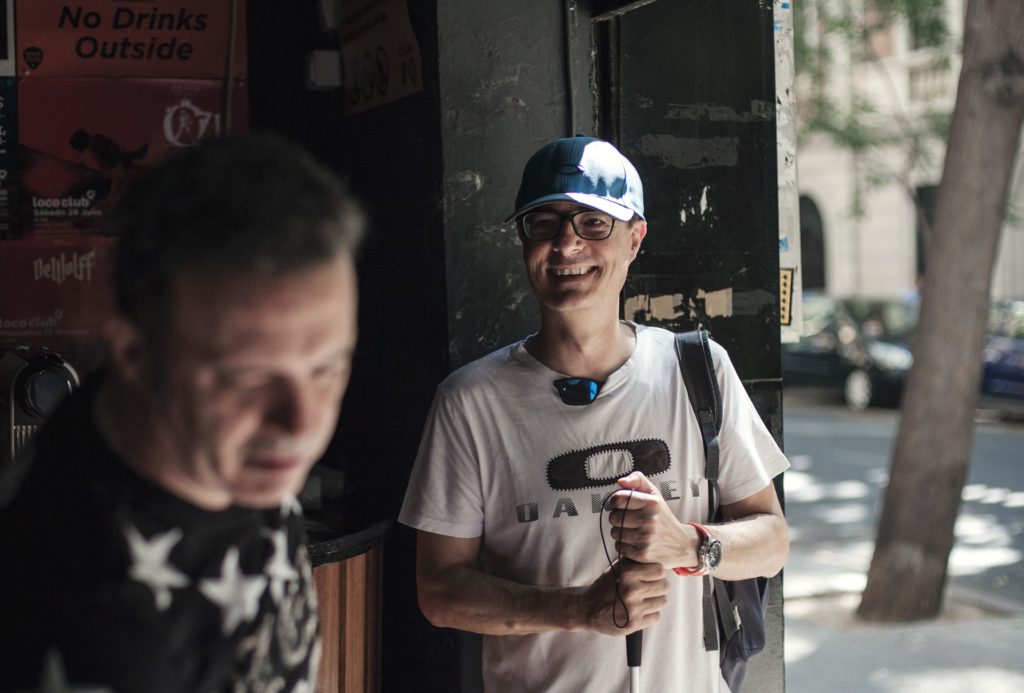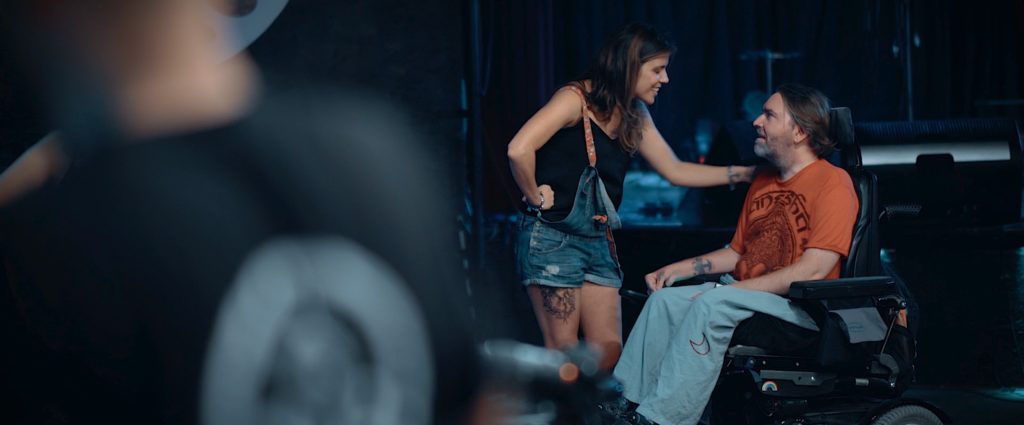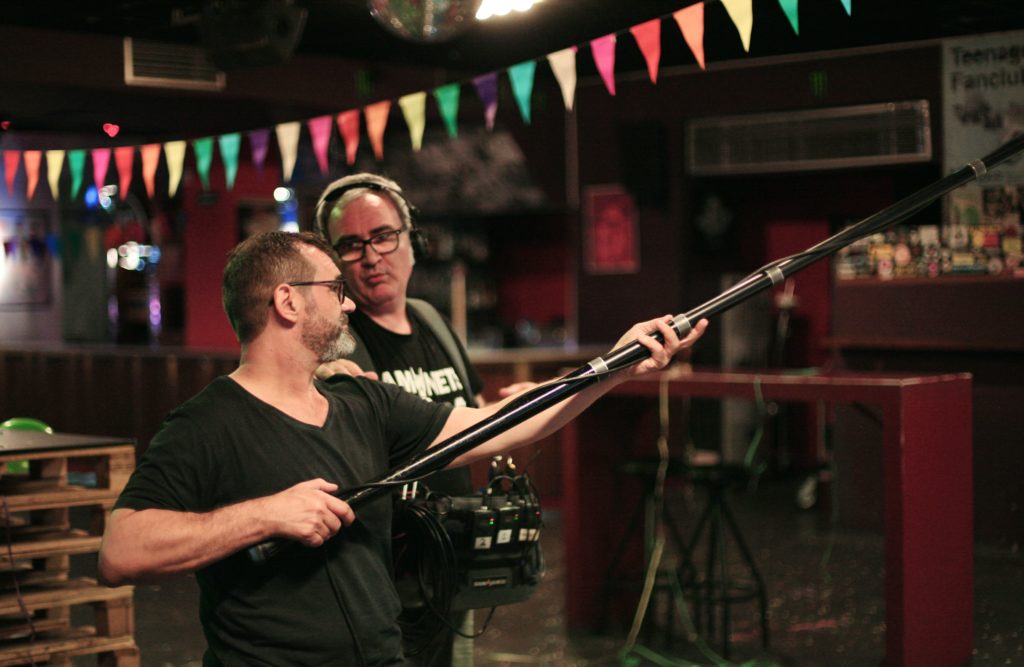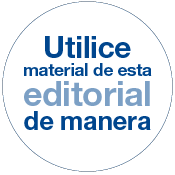8: NIHIL DE NOBIS, SINE NOBIS
“Nothing about us, without us”. This Latin slogan is very relevant in the Civil Rights Movements across the world.
We decided to fully embrace this statement and here is how: As stated before, many of the abovementioned innovations and ideas were made possible thanks to the conversations we had with the impaired people who collaborated with us.
Who are they and in what departments did they help?
-VICENTE-
He was a marketing specialist before losing his sight. He led the marketing department of Blues Time.

-DAVID-
David is a man who was born blind, is an avid audio description consumer. He helped me in developing the Accessibility Report.

-JUAN-
Juan is a person with muscular dystrophy, is very good at computers, so he worked in production, making spreadsheets and communicating the latest news to the team.

-ESTER-
She is a woman who had two strokes due to a heart tumor. She was in charge of the social media and has a cameo in the film.
When we met, I showed her XMILE with the audio description.
She told me that AD had been very helpful for her. Due to the brain damage resulting from her strokes, she has concentration problems and the audio description allowed her to follow the film’s plot easily.
Her input reminded me of what I had said at the Senate: These adaptations may also aid those who have problematic conditions, but who are not visually or hearing impaired. For this reason, I included Ester as an audio description tester for Blues Time.

-JUAN CARLOS-
He is a deaf person, who loves taking pictures and watching TV series, assisted in the department of direction and the one of cinematography.
He is the person who taught me how to speak Sign Language.

-JUAN ANTONIO-
A deaf-blind person who had been a photographer before he partially lost his sight, took part in the still photography team.

Even the catering was done by deaf owners of a restaurant next to the location we were shooting, the Loco Club Concert Hall!
-A BIG AND DIVERSE FAMILY-
With this team working together with our professional film crew, we became a big and diverse family. Everybody adapted themselves to different communication modes in order to work together.
Then, we reconnected with Fesord CV, the Valencian Federation of the Deaf, to continue our work together, like we did before in Sonríe’s Sign Language video.
However, this time, the goal was take it a step further: Instead of just doing a Sign Language version of Blues Time’s official song, we aimed to create an inclusive Sign Language version of the whole film!



We used SDH for the characters who appear off-screen and for other important acoustic information and music.
-THE SIGN LANGUAGE VERSION OF BLUES TIME-
The shooting took place in Fesord’s chroma studio. A Sign Language interpreter and the deaf psychologist, who helped us with Jay’s chord scene, assisted us throughout the process.
Due to this inclusive version, we were able to further develop an activity we had already included in XMILE’s screenings: As an exercise to practice and promote empathy, we asked the audience to close their eyes and to only watch the film with the audio description. As blind people would do.
This activity was already part of the upcoming screenings of Blues Time, because the film’s audio description was in the making. Now, the All-Inclusive Sign Language version came into play. In order for the audience to put themselves into the deaf people’s shoes, we muted the dialogue track of the film. The only audios we left playing were the music and the sound effects, so the viewer would access the character’s lines via the Sign Language performance.
This was the last inclusive improvement we wanted to make. The next step was to build the bridge that would bond the creative team with the accessibility companies.
We call that bridge the Accessibility Report.








